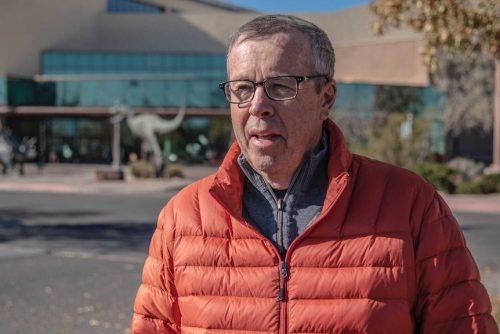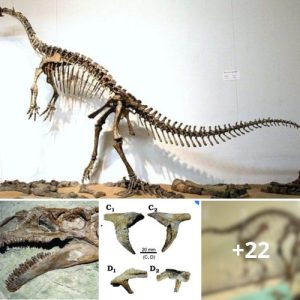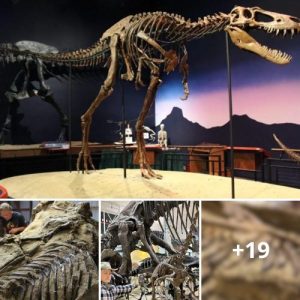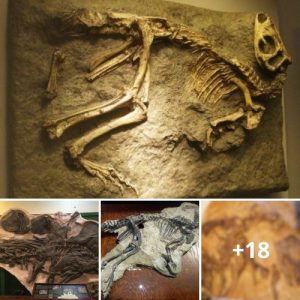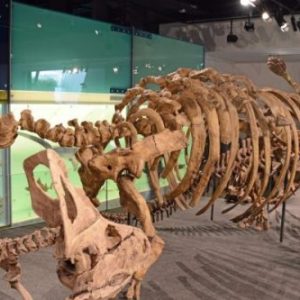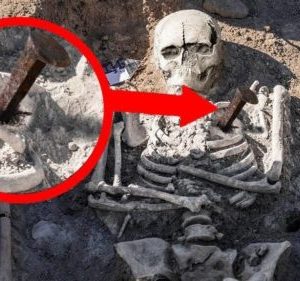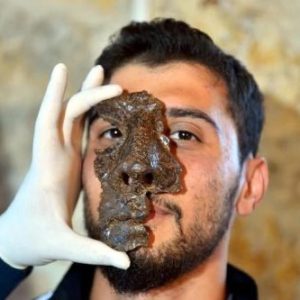In a groundbreaking discovery, the New Mexico Museum of Natural History has unearthed the exquisitely preserved remains of a 300-million-year-old reptile, challenging our understanding of reptilian evolution. This remarkable find, named Gordodon kraineri, is rewriting the known evolutionary timeline and shedding new light on the early history of herbivorous reptiles.
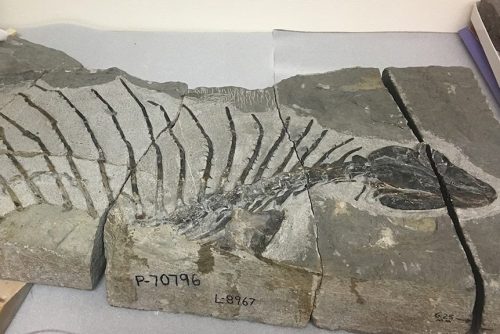
Gordodon: A Glimpse into the Past
The newly discovered skeleton belongs to a species scientists have dubbed Gordodon kraineri. Its name is derived from the Spanish word “gordo,” meaning fat, and the Greek word “odon,” signifying tooth. This nomenclature is fitting as Gordodon boasted large pointed teeth at the tips of its jaws.
The reptile measured approximately 1.5 meters in length and weighed an estimated 34 kilograms, making it a substantial presence in its ancient ecosystem.
Revealing Specialized Plant-Eating
The most astonishing aspect of Gordodon is its specialized plant-eating adaptation. The unique structure of its skull, jaws, and teeth suggests that it was an herbivore, a feature not previously known in reptiles older than about 200 million years. This revelation challenges our previous understanding of herbivory in early reptiles, pushing it back by roughly 100 million years.
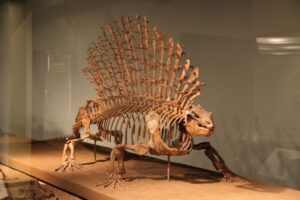
Gordodon’s exceptional adaptations made it a selective feeder on high-nutrient plants, an approach quite distinct from other early herbivorous reptiles that indiscriminately consumed any vegetation they encountered. Its advanced structure of the skull, jaws, and teeth brings to mind modern herbivores like goats and deer, indicating that specialized herbivory has a much longer evolutionary history than previously thought.
The Historical Context
Gordodon lived during the early part of the Permian Period, more than 50 million years before the emergence of dinosaurs. This ancient reptile belongs to the group of sail-backed eupelycosaurs, a highly successful lineage during the Permian Period. Remarkably, eupelycosaurs are the ancestors of mammals, placing Gordodon closer to us in the evolutionary tree than to dinosaurs.
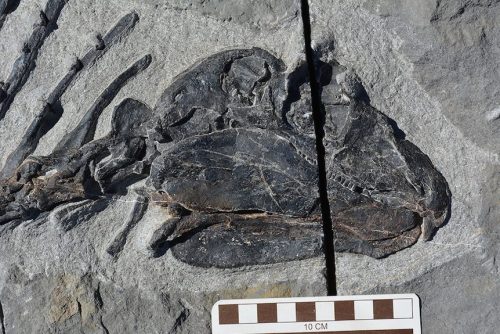
The Quest for Knowledge
The fossil bones of Gordodon were discovered near Alamogordo in southern New Mexico by Ethan Schuth during a University of Oklahoma geology class field trip in 2013. A year-long effort was dedicated to collecting these invaluable remains, and further time was invested in carefully removing the hard sandstone surrounding the fossils to ensure their preservation for research.
Honoring a Geologist’s Contribution
The species name, “kraineri,” pays tribute to Karl Krainer, an Austrian geologist whose contributions have enriched our understanding of the Permian period in New Mexico. It serves as a reminder of the collaborative nature of paleontology, where the insights of geologists, paleontologists, and researchers from various fields come together to unveil the mysteries of our planet’s ancient past.
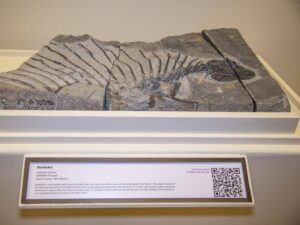
Conclusion
The discovery of Gordodon kraineri is a momentous event in the world of paleontology. It challenges our preconceived notions of early reptilian evolution, offering a unique glimpse into the world of herbivorous reptiles that thrived 300 million years ago.
The advanced adaptations of Gordodon’s skull, jaws, and teeth paint a vivid picture of its selective feeding habits and reveal a parallel with modern herbivores. This fossilized treasure opens a new chapter in our understanding of life on Earth and underscores the importance of ongoing exploration and research in uncovering the secrets of our planet’s history.
